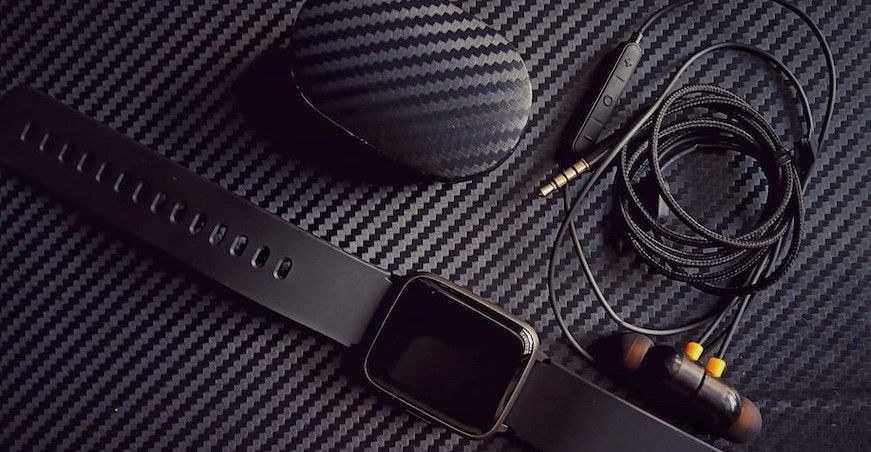Stronger, Low-Cost Carbon Fibres Made with Nanomaterial Process
Researchers fabricate breakthrough composite of carbon fibre and carbon nanotubes with exceptional results.

Carbon fibre composites are truly exceptional. They are an outstanding choice for the manufacture of cars and sports equipment, boats, planes, and even spacecraft parts.
They achieve this versatility due to the wide range of properties they possess. This includes:
· High tensile strength
· Low weight
· Easy to mould
· Corrosion resistance
· Sound dampening
· Low coefficient of thermal expansion
· Low thermal conductivity
· High durability
One group of materials that clearly surpasses many of the properties of carbon fibres are nanomaterials – the strongest substance known to science. In fact, carbon nanotubes have been proven to have 100 times the tensile strength of steel, weigh 75% less, while still maintaining 50% of the electrical conductivity of copper.

If carbon nanotubes could be blended in with carbon fibres then the resulting material would be ideal for the manufacturing sector.
As the researchers report, “We believe that polymer–carbon nanotube composites and their carbon fibres with high strength and high modulus will be the next-generation carbon fibres for aerospace and the defense industry.”
While such a material has already been achieved in the laboratory, the exceptionally high cost of production has so far made commercial manufacture prohibitive.
However, nanotechnology researchers have now made a breakthrough which may enable the cost-effective production of a super-strong carbon fibre composite using carbon nanotubes.

Carbon fibres are typically produced as high-strength fibres based on the polymer polyacrylonitrile (PAN) or alternatively as highly modulus fibres formed from pyrolyzed fuel oil. But by using a mix of carbon nanotubes and polyimide, the study team was able to create a technique that dramatically enhances modulus while still maintaining high strength (PI).
As the nanotechnology news service NanoWerk reports, “The team successfully fabricated fibers with high modulus (528 GPa) and high strength (6.2 GPa) by initially creating a carbon nanotube and polyimide composite fiber using a continuous wet spinning process and then applying a high-temperature heat treatment. The reported modulus is 1.6 times greater than that of commercially available fibers (~320 GPa).”

Based at the Korea Institute of Science and Technology (KIST), the research team was led by Dr Bon-Cheol Ku in cooperation with Professor Han Gi Chae from the Ulsan National Institute of Science and Technology (UNIST). They have now published their findings in the journal Composites, which outlines how, “The interfacial shear strength of polyimide-carbon nanotube composite fibre and epoxy resin enhanced by up to 72% as compared to carbon nanotube fibres.”
Furthermore, closer study of the microstructure confirmed that by reducing the void within the fibres, the physical properties of the material were improved, and that the carbon nanotube/polyimide compound re-orientated the carbon nanotubes into a better position. In addition to this, the researchers were able to reduce raw material costs by replacing up to half of the carbon nanotubes with low-cost polyimide.

This fabrication method can therefore create a polymer/nanomaterial blend of extraordinarily high strength and modulus at an economically viable price. This will give it potential for success in the wide field of the carbon fibre industry and its applications in everything from fishing rods to military hardware.
“This research is meaningful because the fabrication cost of carbon-nanotube-based carbon fibers can be greatly reduced by using low-cost polymers,” explains Dr Ku. "These novel carbon fibers, which used to be difficult to commercialize due to high cost, are expected to be used in the aerospace, military, and future mobility industries.”
Photo credit: 선인장 from Pixabay, Izzat Mahfuz Idris on Unsplash, Stephan Louis, D Koi, & Gryffn m

